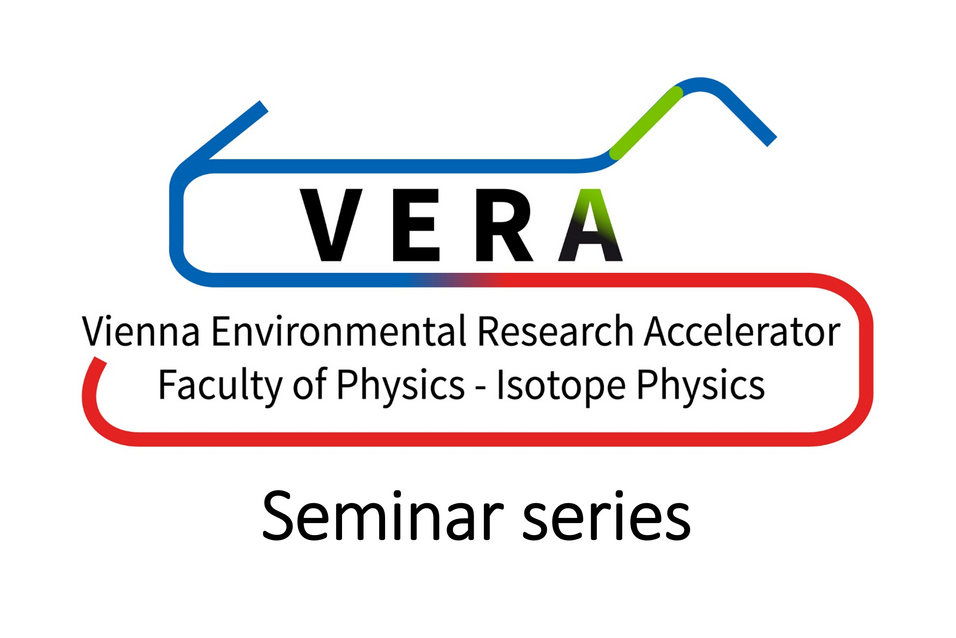Natural uranium consists mainly of three isotopes: radiogenic ²³⁴U and primordial ²³⁵U and ²³⁸U. Among them, ²³⁵U is fissile and used in nuclear weapons and reactors. These uses produce ²³⁶U through neutron reactions. Because anthropogenic ²³⁶U is far more abundant than natural ²³⁶U, the ²³⁶U/²³⁸U ratio is a useful tracer for identifying uranium contamination from human activities such as nuclear testing, reprocessing, and reactor accidents. We analyzed fallout samples from Tokyo and a rural area in the 1960s-1970s and identified three uranium sources: global fallout, depleted uranium (DU), and natural uranium. Global fallout had a natural ²³⁵U/²³⁸U ratio and high ²³⁶U/²³⁸U; DU showed low²³⁵U/²³⁸U and high ²³⁶U/²³⁸U. In the late 1960s-1970s, DU appeared to have been released around Tokyo. Unlike the North Sea and Baltic Sea, which received uranium from nearby nuclear facilities, Tokyo has no major nuclear plants. Therefore, the source of uranium in the 1970s remains unclear due to limited data. In this study, we analyzed a sediment core from Tokyo Bay to examine historical changes in ²³⁶U/²³⁸U and²³⁵U/²³⁸U from the 1960s to 2000s. This presentation focuses on identifying possible sources of anthropogenic uranium in the 1970s.
Takeshi Ohno (Tokyo): A Hidden Legacy of Uranium Pollution: Unexpected Anthropogenic Signals in Tokyo

